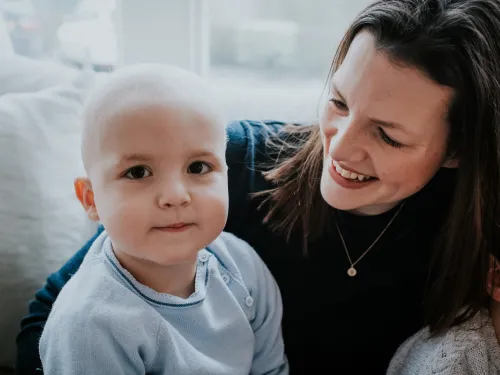
Our research strategy
We are in the process of developing a new research strategy, that will guide our research over the coming years.

We are in the process of developing a new research strategy, that will guide our research over the coming years.
A
These terms and conditions govern your use of our website; by using our website, you accept these terms and conditions in full. If you disagree with any part of these terms and conditions, you must not use our website.
As a registered charity, our Board of Trustees, independent of the CCLG membership, has responsibility for oversight and management of the charity's finances and property, and administration of the charity according to charity law.